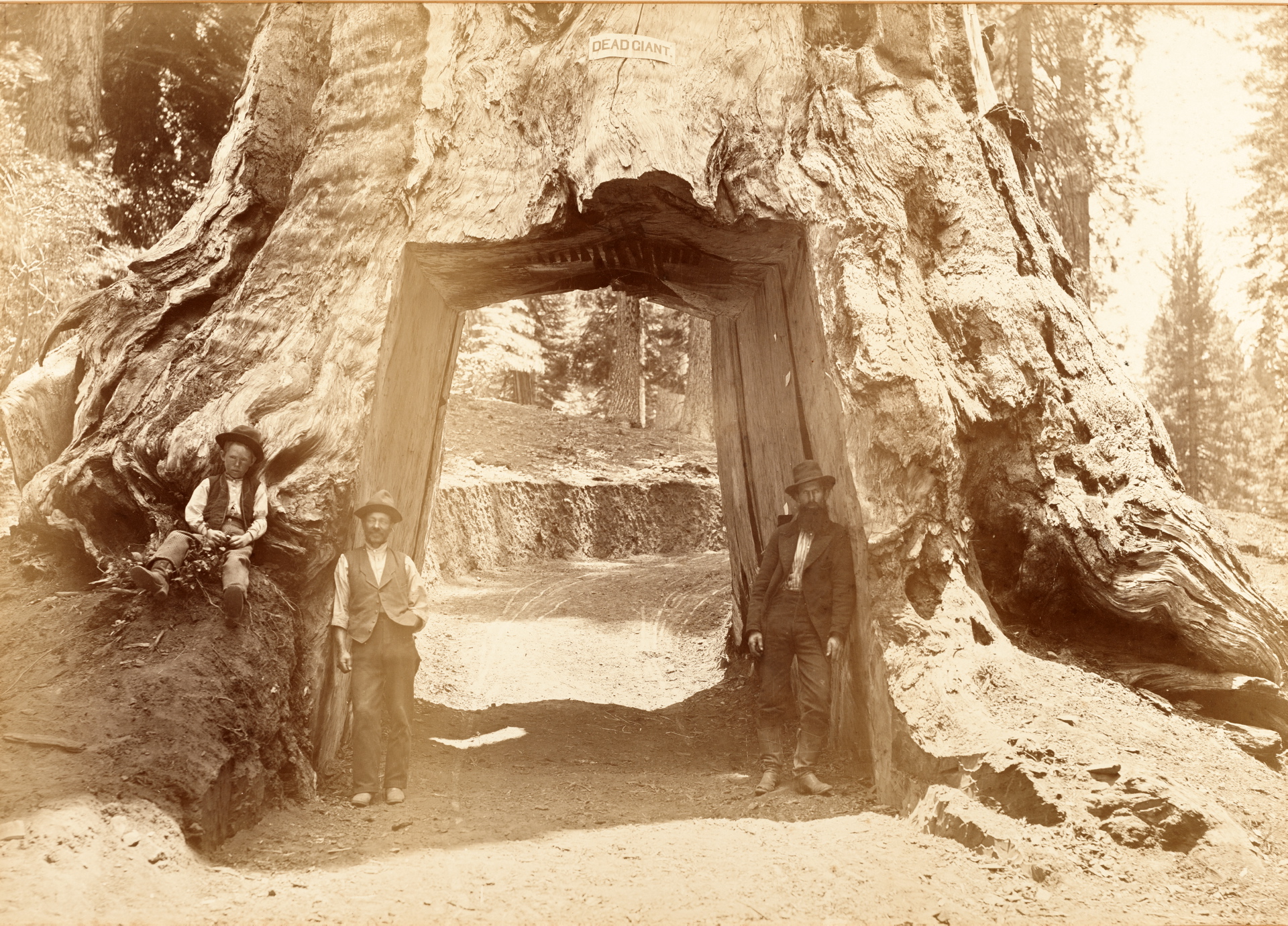Wall of Fame/April: Carleton E. Watkins
From Vision Machines to Instagram

Carleton E. Watkins, The Three Brothers, 1878 – 1881. Belongs to the collection of the Preus museum.
Carleton E. Watkins (1828-1916) photographed the «newly discovered» American West. In 1861 he traveled up through Yosemite Valley. He used large-format plates to capture the beautiful and virginal landscape. His photographs helped to persuade the American Congress to make the valley a national park in 1864.
Watkins experimented with various photographic techniques and adopted a «mammoth-camera» with large glass plate negatives (18 x 22 inches/45 x 56 cm). He also took a great many stereo pictures. To carry the camera, chemicals, glass plates, a darkroom tent, and various other equipment, he needed a cortege of a dozen mules.
Watkins's vision gradually began to fail, and he had to leave photography behind. The great 1906 earthquake in San Francisco destroyed large parts of his archive, and four years later he was placed in an insane-asylum hospital where he died in 1916 at 87.







